The Great Lakes are a treasure trove of aquatic wonders, holding secrets beneath their shimmering surfaces. These massive freshwater lakes are home to some of the most unique fish species in the world, many of which you won’t find anywhere else.
From the deep blue depths to the shallow, sunlit waters, these lakes teem with fish that have adapted to their one-of-a-kind environment. Whether it’s the stunningly colorful brook trout or the elusive lake sturgeon, these fish are as diverse as the landscapes themselves.
Ready to dive into this underwater paradise? Join us as we explore 14 incredible fish species that call the Great Lakes home, each with its own fascinating story and role in this unique ecosystem. The adventure starts beneath the surface!
Lake Whitefish
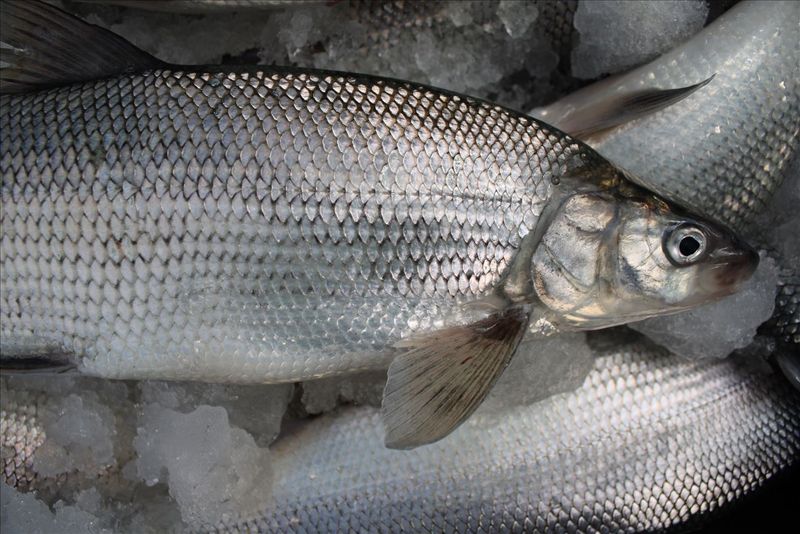
The Lake Whitefish, a staple of the Great Lakes, is renowned for its delicate flavor and fine texture. Found in the cold, deep waters, it’s a vital part of the region’s ecosystem.
Local fishers often seek this fish for its culinary value. They have a silvery sheen and an elongated body that helps them glide through water with ease.
These fish are not just important commercially but also play a key role in balancing the aquatic food web. Conservation efforts focus on maintaining their population, ensuring they continue to thrive for generations.
Cisco
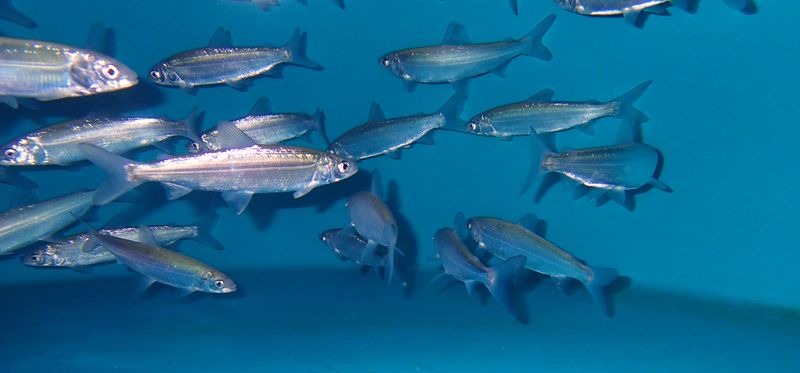
Cisco fish, also known as lake herring, are small, silvery fish found primarily in the deep, cold waters of the Great Lakes. They are a crucial forage fish for larger predators, sustaining the ecological balance.
Their slender bodies and forked tails enable quick movements, making them adept at escaping predators. Cisco populations once dwindled due to overfishing and habitat loss.
However, with improved conservation practices, their numbers are gradually recovering. These fish are an indicator of water quality, and their presence reflects the health of the lake ecosystem.
Bloater
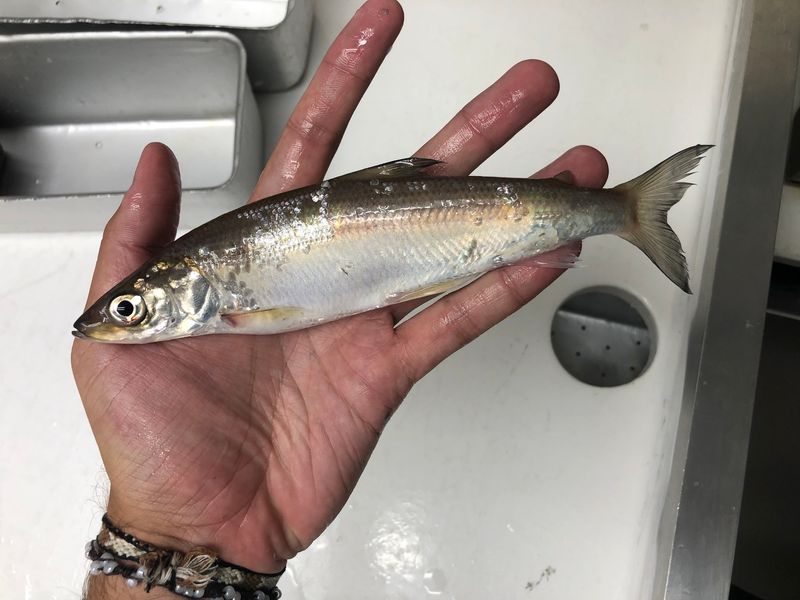
Bloaters are deep-water fish that inhabit the Great Lakes, particularly known for their round, bloated appearance. These fish are part of the whitefish family and serve as prey for larger fish species.
Historically overfished, their populations are now carefully managed. Bloaters play a crucial role in the food chain, serving as a significant food source for native predators.
They have adapted to the cold, dark depths of the lakes, with large eyes to detect faint light. Their resurgence is a testament to successful conservation efforts, highlighting the importance of sustainable fishing.
Deepwater Sculpin
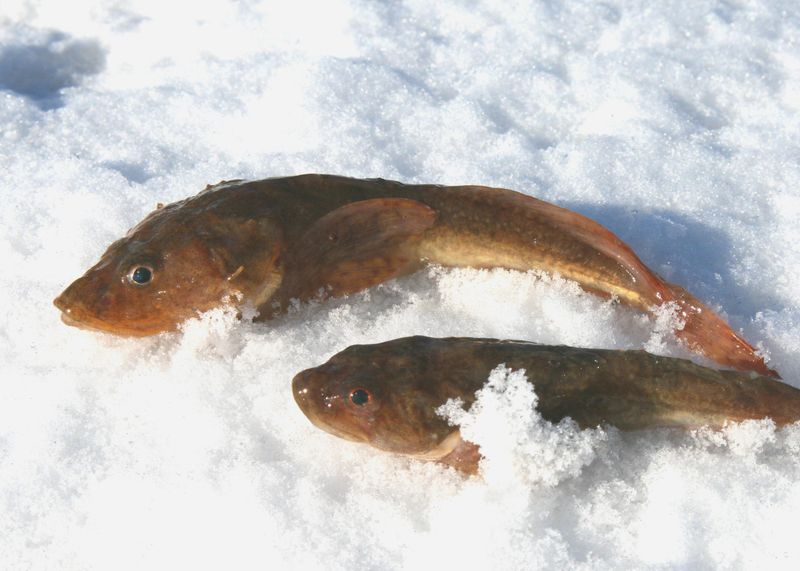
The Deepwater Sculpin is a small, bottom-dwelling fish found in the deep, cold waters of the Great Lakes. Its mottled brownish appearance helps it camouflage against rocky lake beds.
This fish is a critical component of the aquatic food web, feeding on invertebrates and serving as prey for larger fish. Once threatened by invasive species, the sculpin’s population is now stable, thanks to targeted conservation initiatives.
Their presence indicates a healthy ecosystem, as they require pristine water conditions to thrive. Observing these fish offers insight into the lake’s environmental status.
Lake Sturgeon
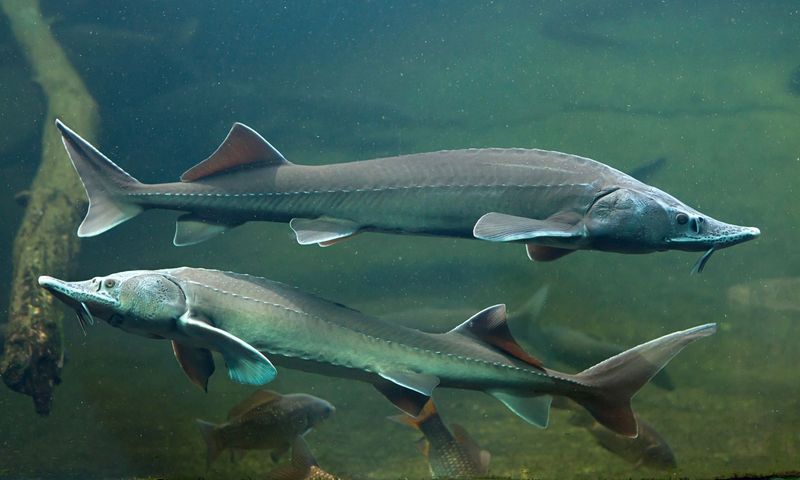
The Lake Sturgeon, often referred to as a living fossil, has inhabited the Great Lakes for millions of years. These ancient fish can grow to impressive sizes, with some reaching over 6 feet in length.
Sturgeons are bottom feeders, using their barbels to detect food along the lakebed. Their slow reproductive rates make them vulnerable to overfishing. Consequently, they are a protected species, with efforts in place to restore their populations.
Witnessing a Lake Sturgeon in the wild is like glimpsing a piece of history, connecting us to the geological past of these lakes.
Longnose Gar
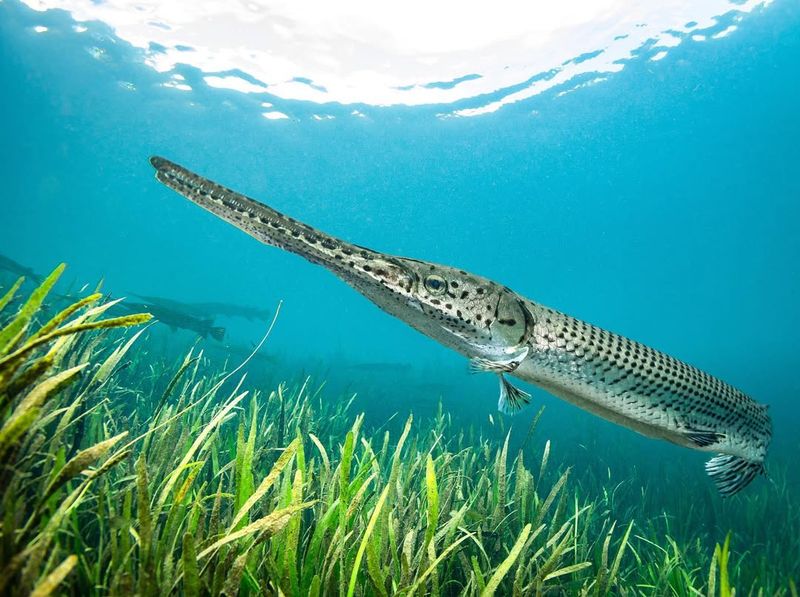
Longnose Gars are distinctive fish characterized by their long, narrow snouts and spotted bodies. Found in the warm, weedy shallows of the Great Lakes, they are skilled hunters, feeding on smaller fish and crustaceans.
Their elongated bodies allow them to move swiftly through vegetation. Gars have a unique ability to gulp air, enabling them to survive in low-oxygen waters. This adaptation allows them to thrive in diverse environments within the lakes.
Despite their fierce appearance, Longnose Gars play a vital role in controlling prey populations, maintaining ecological balance.
Northern Pike

The Northern Pike, a top predator in the Great Lakes, is famous for its aggressive hunting style. Found in the weedy shallows, these fish lie in wait, using their camouflaged bodies to ambush unsuspecting prey.
With sharp teeth and a muscular build, they are formidable hunters. Northern Pikes are prized by anglers for their fighting spirit, making them a popular sportfish. Their role as apex predators helps maintain the balance of fish populations.
Conservation efforts ensure sustainable fishing practices, preserving this iconic species for recreational and ecological purposes.
Yellow Perch
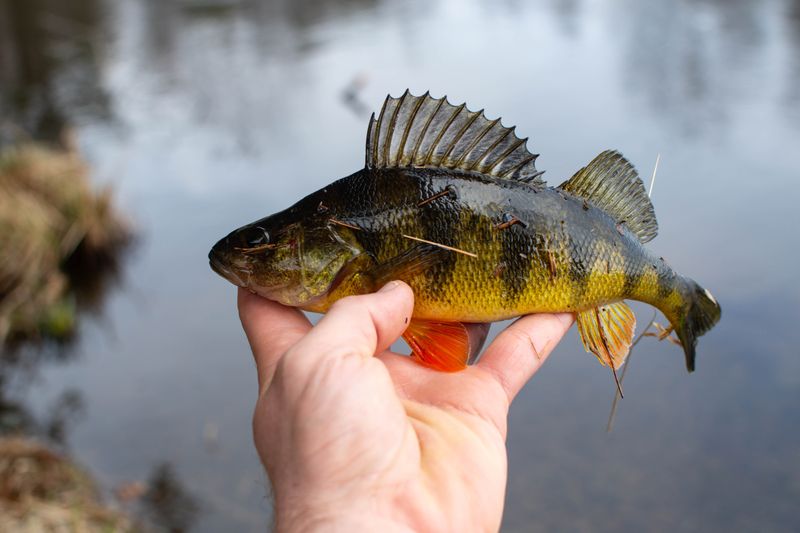
Yellow Perch are easily recognizable by their striking yellow and green striped bodies. These schooling fish are abundant in the Great Lakes, inhabiting both shallow and deeper waters.
They are a favorite among anglers, valued for their tasty, flaky meat. Yellow Perch serve an essential ecological role, feeding on invertebrates and small fish while also providing food for larger predators.
Their presence in the lakes is indicative of a balanced ecosystem. Fishing regulations help protect perch populations, ensuring they remain a sustainable resource for both wildlife and humans.
Rock Bass
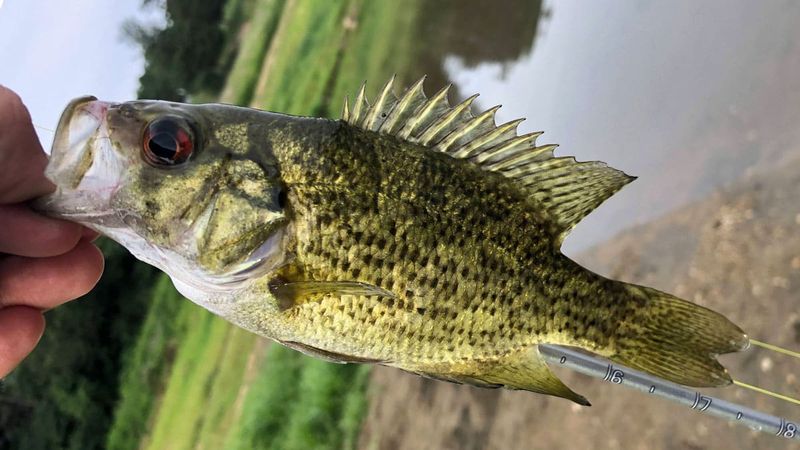
Rock Bass are small, robust fish commonly found near rocky shorelines and lakebeds. Easily identified by their red eyes and thick bodies, these fish are adept at hiding among rocks and vegetation.
Rock Bass are opportunistic feeders, consuming insects, crustaceans, and small fish. They play a significant role in the aquatic food web, bridging the gap between prey and larger predators.
These fish are popular among local anglers for their spirited fight when hooked. Maintaining healthy rock bass populations is crucial for preserving the intricate balance of the Great Lakes ecosystem.
Rainbow Smelt
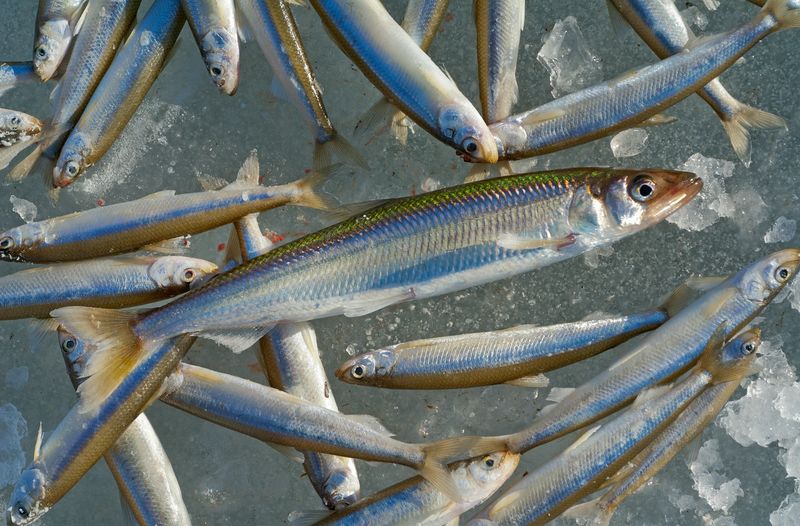
Rainbow Smelt are slender, silvery fish known for their nocturnal habits, often moving in large schools near the water’s surface. They are crucial forage fish, supporting a variety of larger predators in the Great Lakes.
Rainbow Smelt were introduced to the Great Lakes in the early 20th century and have since become an integral part of the ecosystem. Their presence is a double-edged sword, offering food for native species while sometimes outcompeting them.
Careful management is necessary to balance their populations, ensuring they complement rather than disrupt the lake’s ecology.
Round Goby
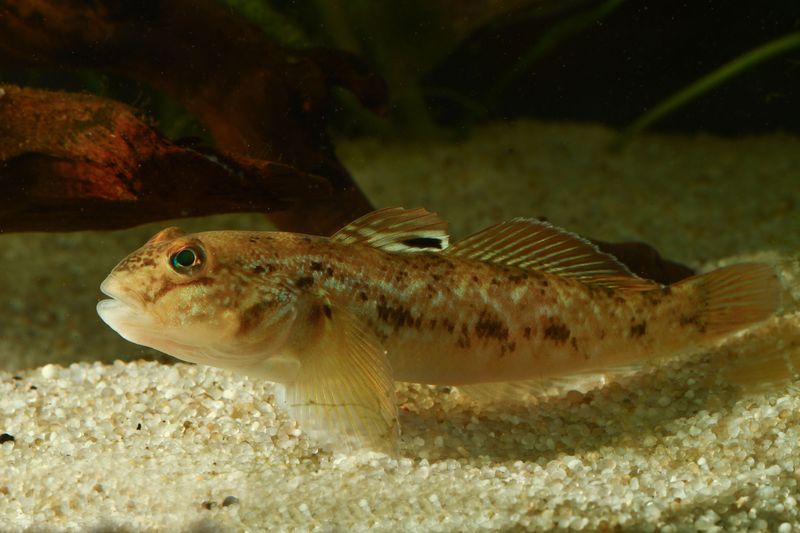
Round Gobies are small, bottom-dwelling fish introduced to the Great Lakes from Europe. Recognized by their plump bodies and a distinctive black spot on their dorsal fins, these fish have rapidly spread throughout the region.
Gobies are known for their aggressive nature, often outcompeting native species for food and habitat. Their presence has significantly altered the aquatic ecosystem.
Efforts to control their population are ongoing, aiming to mitigate their impact on native fish communities. Despite their disruptive nature, Round Gobies have become a food source for some larger predators.
Coho Salmon
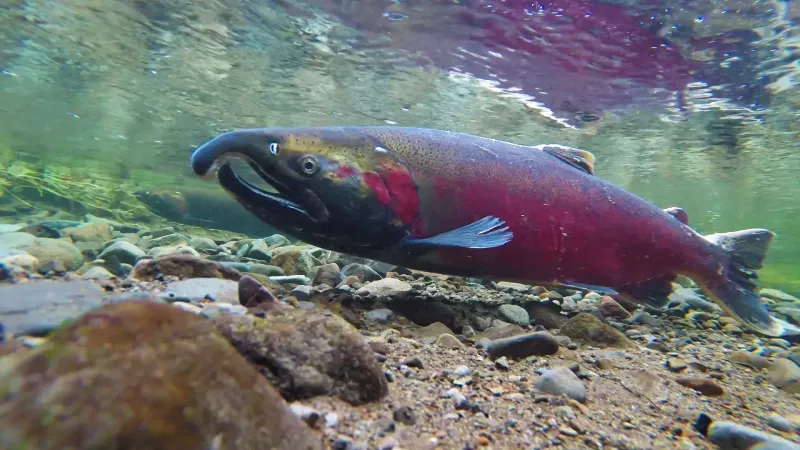
Coho Salmon, introduced to the Great Lakes, have become one of the most sought-after fish by anglers. Known for their powerful leaping ability and fierce fighting spirit, they provide exhilarating sportfishing.
Coho Salmon are anadromous, migrating between fresh and saltwater, although Great Lakes fish complete their life cycle entirely in freshwater. These fish play a pivotal role in the local economy, attracting fishing enthusiasts worldwide.
Their presence also supports the aquatic food web, offering prey for larger predators. Sustainable practices ensure Coho Salmon thrive alongside native species, enriching the lake’s biodiversity.
Lake Trout
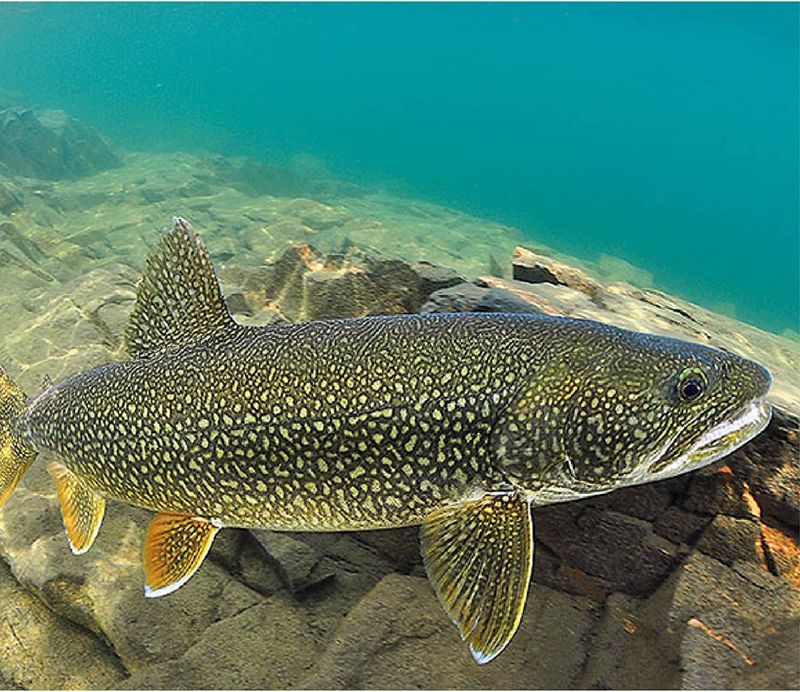
Lake Trout are native to the Great Lakes, revered for their size and taste. These fish inhabit the cold, deep waters, often reaching impressive lengths. Lake Trout are top predators, feeding on smaller fish and maintaining the ecological balance.
Overfishing and habitat loss once threatened their populations, but active management and conservation efforts have facilitated a recovery. These trout are a favorite among anglers, noted for their challenging catch.
Beyond their recreational value, Lake Trout are an integral part of the Great Lakes’ natural heritage, embodying the region’s rich biological diversity.
Walleye
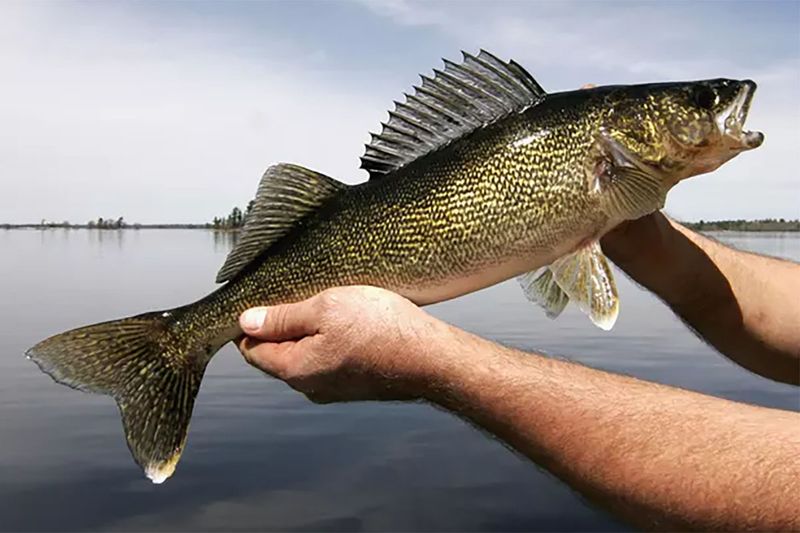
Walleye are among the most prized game fish in the Great Lakes, famed for their delicious taste and intriguing behavior. Recognizable by their reflective eyes and olive-green bodies, they are primarily nocturnal hunters.
Walleye prefer the cooler, darker parts of the lake, where they ambush prey. Their presence is a positive indicator of ecosystem health, as they require clean, oxygen-rich waters.
Angling for walleye supports local economies, drawing fishing enthusiasts year-round. Protective regulations and habitat restoration efforts help sustain their populations, ensuring walleye remain a key component of the Great Lakes fisheries.

